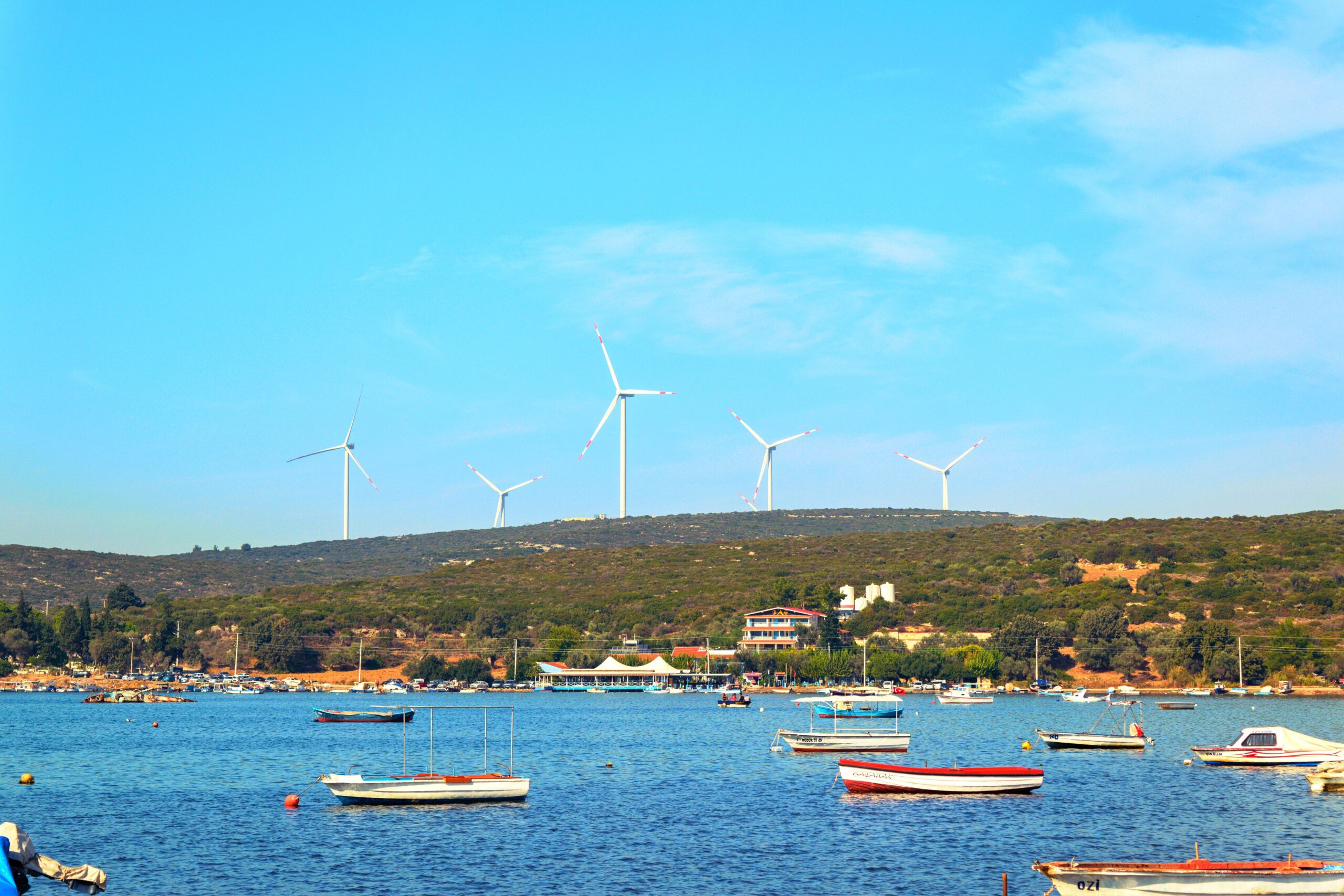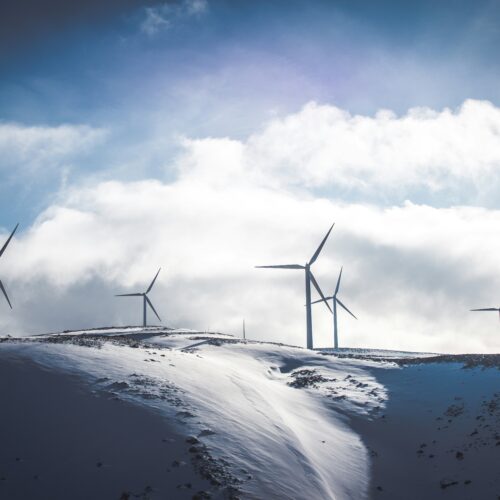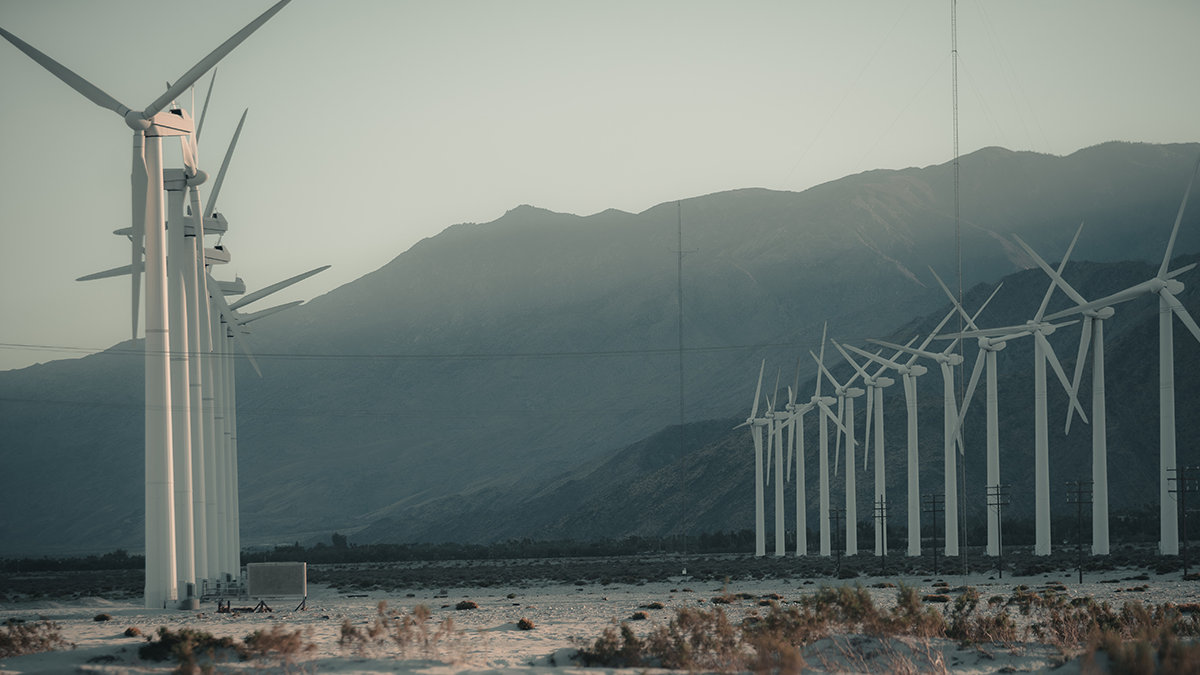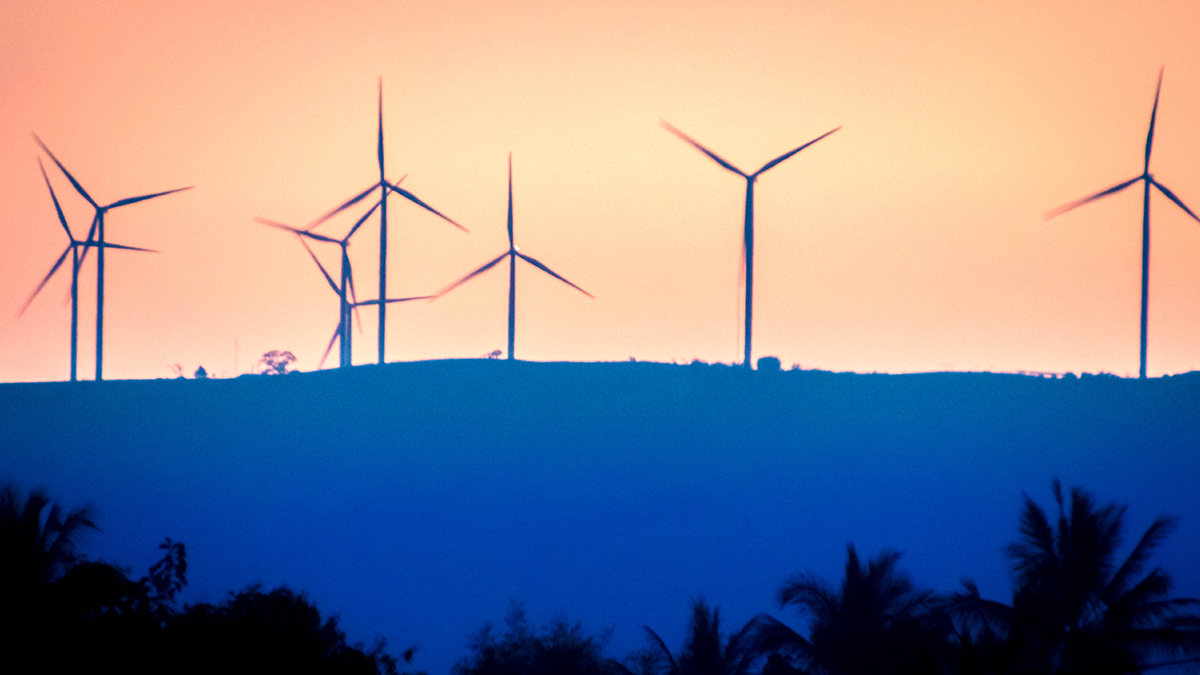Wind turbines are an important source of renewable energy, harnessing the power of the wind to generate electricity. There are several different types of wind turbines, each with its own set of advantages and disadvantages. In this article, we will explore the various types of wind turbines, such as horizontal-axis and vertical-axis turbines, and their relative advantages and disadvantages.
Horizontal-axis wind turbines (HAWT) are the most common type of wind turbine. They have a horizontal rotor with blades that are parallel to the ground. The turbine rotor is connected to a gearbox, which in turn is connected to a generator that produces electricity. HAWTs are typically larger than vertical-axis turbines and are usually located on wind farms.
One of the main advantages of HAWTs is their efficiency. Because the blades are parallel to the wind, they can capture more energy from the wind than vertical-axis turbines. They are also able to generate electricity at lower wind speeds, making them more reliable in areas with less wind.
However, HAWTs also have several disadvantages. They are more expensive to manufacture and maintain than vertical-axis turbines. They also have a larger footprint, which can be a problem in areas with limited land. Additionally, HAWTs can be dangerous to birds and bats, which can fly into the turbine blades.
Vertical-axis wind turbines (VAWT) are less common than HAWTs, but they have several advantages that make them an attractive option for some applications. VAWTs have a vertical rotor with blades that are perpendicular to the ground. The turbine rotor is connected to a generator that produces electricity. VAWTs are typically smaller than HAWTs and can be located in a variety of settings, including urban areas.
One of the main advantages of VAWTs is their versatility. Because they have a smaller footprint, they can be located in a variety of settings, including urban areas. They are also less expensive to manufacture and maintain than HAWTs. Additionally, VAWTs are less dangerous to birds and bats, as the blades are rotating in a vertical plane and are less likely to hit the birds.
However, VAWTs also have several disadvantages. They are less efficient than HAWTs and are only able to generate electricity at higher wind speeds. They are also less reliable in areas with less wind. Additionally, VAWTs can be more susceptible to damage from high winds.
Another type of turbine is the Darrieus turbine, it is a variation of VAWT and it have curved blades that are similar to an eggbeater. It is good for low wind speeds but they are not as efficient as HAWTs.
In conclusion, wind turbines are an important source of renewable energy and there are several different types of wind turbines available, each with its own set of advantages and disadvantages. Horizontal-axis wind turbines are more efficient and reliable than vertical-axis turbines, but they are more expensive to manufacture and maintain and have a larger footprint. Vertical-axis wind turbines are less expensive and have a smaller footprint, but they are less efficient and reliable.
When choosing a wind turbine, it’s important to consider the specific needs of the application, such as location, wind speeds, and budget. By understanding the advantages and disadvantages of each type of wind turbine, we can make better decisions about how to harness the power of the wind to generate electricity.
In addition, the use of wind turbines is not only limited to generating electricity, it also used in other fields such as water pumping, navigation, and even in some industrial processes. As the technology progresses and the cost of wind energy decreases, we can expect to see an even greater use of wind turbines in the future




